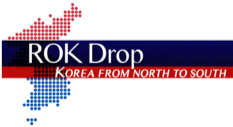This issue of pollutants found at a Seoul subway station has been going on for years and it is amazing that no one has yet to figure out where it is coming from:
The Seoul city government said Monday that contaminants detected in underground water tables near a U.S. Forces Korea (USFK) garrison in the capital city were 500 times higher than normal standards.
The Seoul Metropolitan Government said an average of 0.532 milligrams per liter of benzene was found around Noksapyeong Station, located near the U.S. Army base in Yongsan, central Seoul in 2016. The base has long been suspected as the source of oil leaks that have polluted both water and land.
The figure went as high as 8.811 milligrams per liter, which is some 587 times higher than the allowable level of 0.015 milligrams per liter, it said.
The total amount of petroleum hydrocarbon (TPH) found near Camp Kim, within Yongsan Garrison, was 20.4 milligrams per liter on average and reached up to 768.7, which is some 512 times higher than the standard of 1.5 milligrams per liter, according to the city government.
Municipal authorities have been conducting a water table purification project since 2003, but petroleum-based contaminants have still been detected in water near the U.S. base, it said.
“Considering that the base will be returned (to South Korea) at the end of 2017, we need to establish plans on how we will clean up the pollutants,” the city government said in a press release. “But at the moment, we are not even fully aware of the circumstances surrounding the pollution.” [Korea Times]
You can read more at the link.









